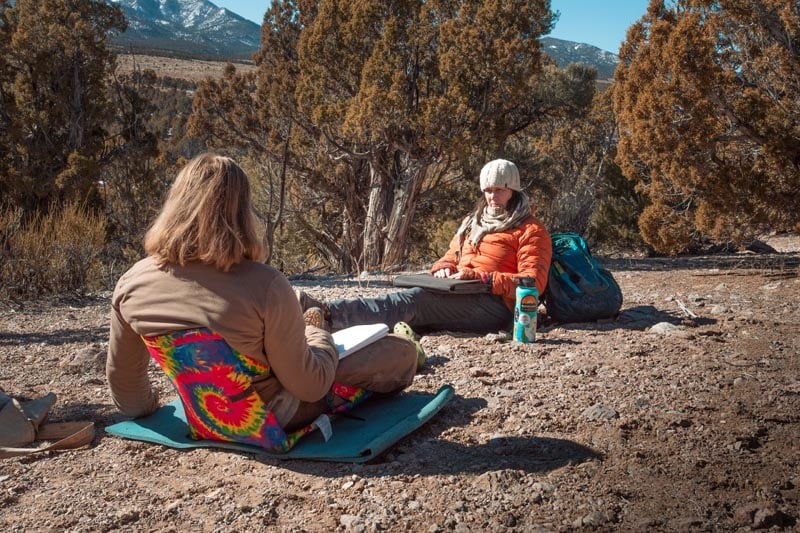Our Treatment Philosophy
Wilderness is one of the oldest types of therapy. People would and still go into the wilderness to get a new perspective, have sacred experiences, and gain knowledge.
RedCliff Ascent has been providing exceptional outdoor treatment since 1993. We are committed to the highest quality of service. We constantly strive to improve the program through accreditation, assessment, and research, and has helped thousands of teens and their families.
If your teen is going to have a healthy and effective treatment experience it has to do three things. First, it must disrupt the issues that are causing the dysfunction. Second, it must provide a deep understanding of the issues causing the dysfunction. and Third, it must help your teen to re-engage in healthy development. Wilderness is the best environment to achieve these goals.
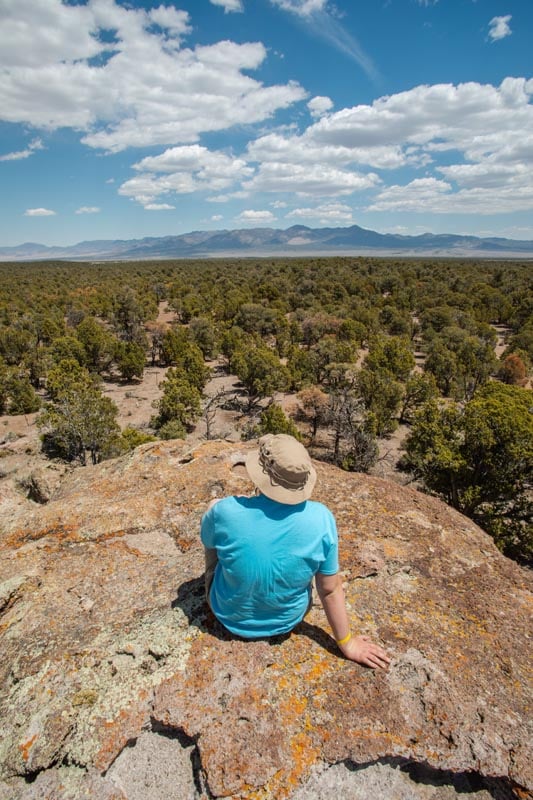
Free From Distractions
Disrupt the issues that are causing the dysfunction
When teens are struggling at home, at school, and in their social life, wilderness therapy provides a novel and challenging environment that disrupts the unhealthy patterns that are causing the dysfunction.
One of the unique things about wilderness therapy is that it’s unplugged; there are no distractions from the outside world. It’s just your teen, nature, and the trained individuals there to help your them. It’s a beautiful experience with healing properties that only nature itself can provide. Being outdoors has a way of opening up locked trauma and breaking down barriers; it opens possibilities and enables growth and true healing.
Nature has a way of quieting the mind, allowing for self-awareness and personal growth. Your teen can learn to reconnect with themselves and manage their emotions without any distractions from the outside world.
Being outdoors provides a critical setting for growth. Without the everyday normalities that teens have become accustomed to, therapists are able to strip away the things that might be holding your teen back. It provides a unique backdrop to help increase clinical clarity. With this base, therapists can see exactly what teens need to begin to change their behaviors.
Improving Clinical Clarity
Understand the Issues Causing the Dysfunction
Your teen will have access to the best mental health professionals avalible at Redcliff Ascent. To help your teen long-term, it’s important that we understand the issues causing the dysfunction. Healing occurs when the appropriate treatment is administered. Determining the appropriate treatment depends on understanding your teen’s internal struggles.
Therapists meet teens in the field because it is important for them to really immerse themselves in the teens’ experience. This is far more beneficial and authentic than sitting comfortably in an office setting and requiring teens to disrupt their environment. While in the field with your teen, therapists are able to get a feel for the group dynamic and work collaboratively with the field staff who are caring directly for the group. Many times, the relationship dynamics that manifest outside of the program will usually manifest in the program. When this occurs, the behavior can be challenged and addressed by the therapists and field staff. Seeing teens’ reactions to stimuli in real-time assists the therapists in creating a treatment plan specific to each teen.
In addition to therapists, field staff are integral to your teen’s success. Field staff are there to act as mentors, keep the teens safe, and act as the primary caregivers while they are away from their parents. They model several aspects of what the therapists are trying to work on with each teen - appropriate communications, relationships, etc, also known as clinical interventions. Field staff are highly trained in running group discussions and processing with the teens.
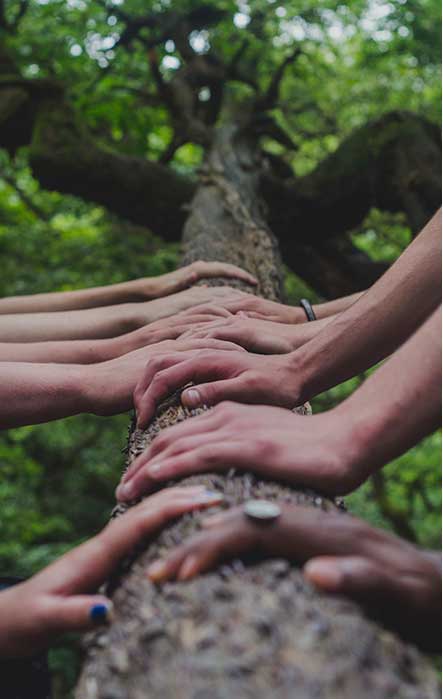
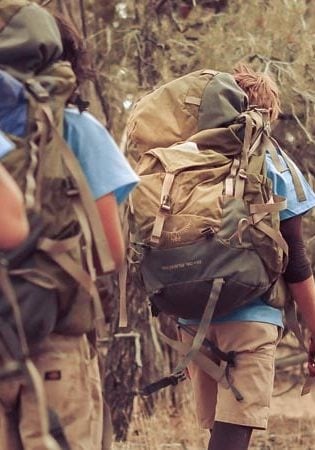
Re-Engaging Teens In Healthy Adolescent Development
Wilderness therapy is designed to re-engage teens in healthy adolescent development. When your teen attends a wilderness therapy program, they are taken away from negative distractions. They can engage in treatment in a way that would not be possible in any other setting.
Your teen will participate in individual, group, and family therapy sessions while in treatment. This allows them to process their behavior as well as make changes in their personal life and family relationships. They are also able to learn from their peers, realize they are not alone in their struggles, and gain motivation to make changes.
RedCliff Ascent will help your teen identify and overcome unhealthy coping patterns and teach your teen to embrace healthier ways of handling tough situations. The skills they learn will not only help them grow up responsibly but also provide a framework for being productive adults.
One study showed that by the time of discharge, 90% of teens were actively engaged in treatment. The majority of teens were no longer ignoring their problems. When researchers followed up with the teens six months after treatment, most teens maintained the motivational progress they made during treatment.
The Seven Principles For Highly Effective Wilderness Therapy Treatment
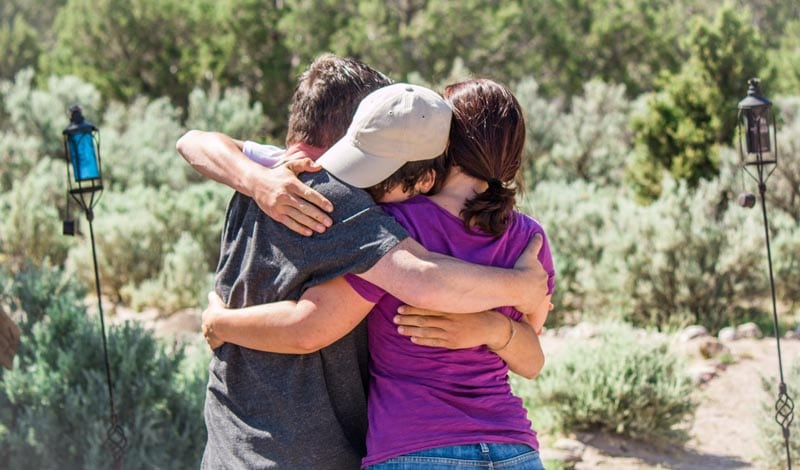
What Happens After The Student Leaves?
Wilderness therapy provides an opportunity in which each participant is put in an environment where their every action has real-life consequences. Taken away from the home, teens come to understand the course of their actions and the reasoning behind the decisions they make. They become accountable for themselves and those around them. In the wilderness, they learn to confront what it is that is causing their struggles.
Does My Teen Need Treatment?
Every teen’s strengths and challenges are different. Complete the no-obligation assessment below to help us understand your family’s needs.
We respect your privacy. We will not share your information.
I’m Not Sure Where to Start.
We’re here to help - take the first step and contact us to see if wilderness therapy could be the path to healing for your family.
